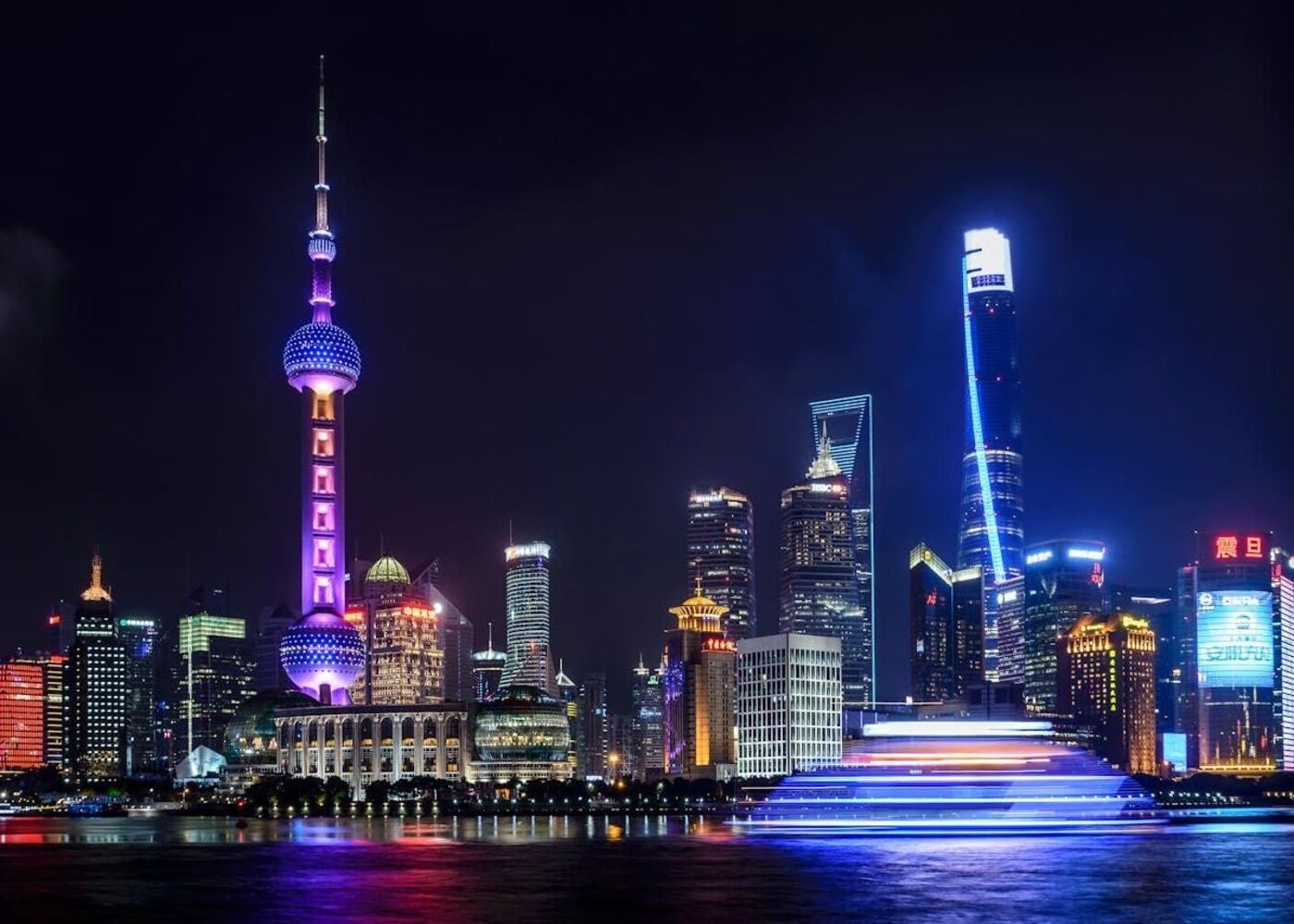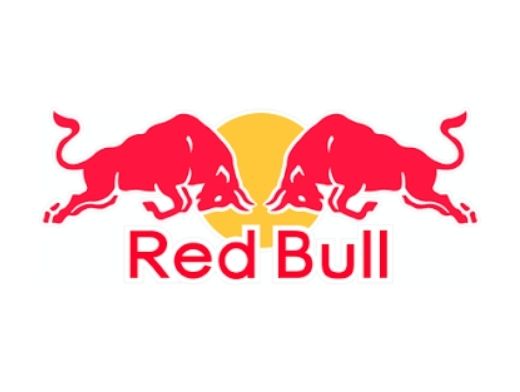Nothing ruins a shot like noise. Knowing what causes it and how to recognize it can save you a lot of frustration and some useless footage. Noise is a pesky problem with modern digital video cameras. Sometimes your hand is forced and your location or subjects are not well lit meaning you need to push the gain/ISO.
Other times it’s simply a stupid mistake where you forgot to tweak the settings of the camera before hitting the record. In any case, noise is far from a death sentence with modern editing software and you can actually clean up a fair bit in your average NLE.
There are a few things more frustrating as noticing noise in an image while you are shooting but are unable to identify its source. In this article, we take an in-depth look at noise by first reviewing basic technical sensor concepts before examining noise in its various forms.
Noise comes from a couple of sources. Reflected light streams into the lens and falls on the sensor, which is covered in millions of photosites (or pixels) that convert the variable levels of the light waves into signals. These small changes in current are what create images in the modern sensors.
However, in the most common sensors for film production these days, the CMOS, attached to each photosite is an amplifier that assists the output of each pixel by cutting or boosting voltage, making the image darker or brighter, respectively. The user can achieve this by adjusting the gain or ISO; the data from the sensor gets read and the pixel change resets.
Once the sensor formation gets read, the data passes through a 12-bit analog-to-digital converter, frequently abbreviated as ADC or AD; where the variance in voltage to each pixel is converted to a binary value. Additionally, pixel location and other user-defined camera settings get saved as metadata in the camera storage device. The majority of this comes from the sensor or analog-to-digital conversion.
So, What Is Image Noise?
Stated in simple terms, image noise is undesired fluctuations of colour or luminance that obscure detail in the shot you were trying to obtain. Image noise arises primarily in underexposed footage as pixel have little light fluctuation to report in the intended image that is being over-amplified by boosted ISO values.
Beyond exposure, sensors are also susceptible to a range of other issues that create noise in the final image. The heat of the sensor or other outside interference can also cause noise. We can therefore divide image noise into two kinds: internal and interference.
Internal Noise
Image noise originating from within the camera can be narrowed down to a few possible causes: electricity, heat, and sensor lamination levels. In low-light situations where the sensor is being over-volted, that is, ISO being pushed; each pixel has very little light wave fluctuations to report before being amplified. When you see noise in these situations, you are actually seeing the affected pixels reporting the fluctuations of the voltage of the pixel’s amplifier over the sensor.
Interference Noise
Sometimes, noise that affects the final image results from factors that are beyond the camera. This type of noise is a bit rarer than internal noise in many modern cameras, but it can still affect the final image. Interference noise is typically, quite easy to identify because it looks more like a pattern overlay on your image rather than the fluttering inherent to electronic noise.
Similarly, mundane factors like strong radio signals in the vicinity can also cause electronic noise, and they are difficult to resolve.
Common Types of Video Noise
Gaussian Noise
Gaussian noise is a type of sensor noise. It’s primarily a side-effect of sensor heat. The heat is usually a result of the voltage and illumination levels of the sensor.
Gaussian noise is most noticeable as a constant, fluttering across an underexposed, over-volted (ISO pushed to get exposure) frame. In most sensors, this noise will tend to be blue in underexposed images.














































